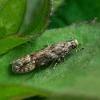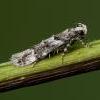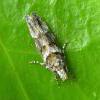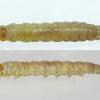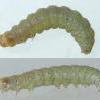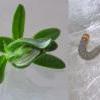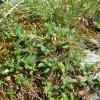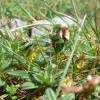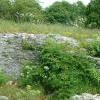35.145 Neotelphusa sequax (Haworth, 1828)
Status and Distribution
Neotelphusa Janse, 1958 replaces the genus Teleiodes in 35.145 T. sequax - becoming Neotelphusa sequax. It should be noted that T. flavimaculella is not affected by this change. Entomologist's Record 133: 1-8 (2021).
Local to very local in southern, south-eastern and parts of northern England, coastal regions of south and north Wales. In Scotland the species is very local occuring mainly in the east of the country. Absent from most of south west England, Isle of Man, all of Ireland, Northen Ireland and the Channel Islands.
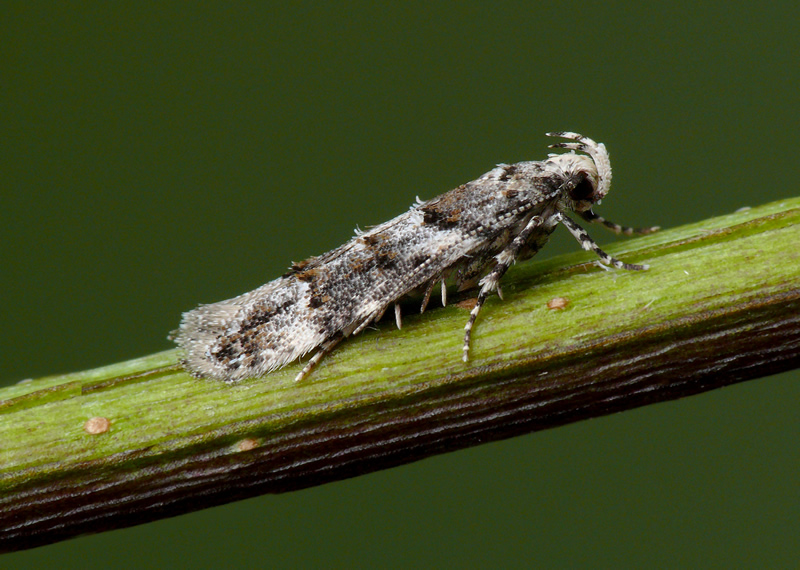
Provisional map
Habitat
Finding the Moth
Larva: spins the shoots and terminal leaves into a tight ball-like structure, feeding within and sometimes moving on to make another spinning.
Adult: can be swept from amongst the foodplant, easily disturbed during the evening and comes occasionally to light.
Similar Species
A distinctive moth, particularly when fresh. The forewing generally consists of a brownish basal one-quarter outwardly bordered with an oblique black line of raised scales, an angled pale fascia at one-third, a mottled brown area in the central half of the wing and a paler section in the final quarter. Within this pale area is a black streak extending to just short of the apex. No other British species has this combination of markings.
Single brooded from late June to mid-August.
Earliest: two exceptionally early records on 20th May 2012 (VC20) and only one other record for that month on 31st May 2014 (VC33)
Latest: 9th September 1985 (VC15)

